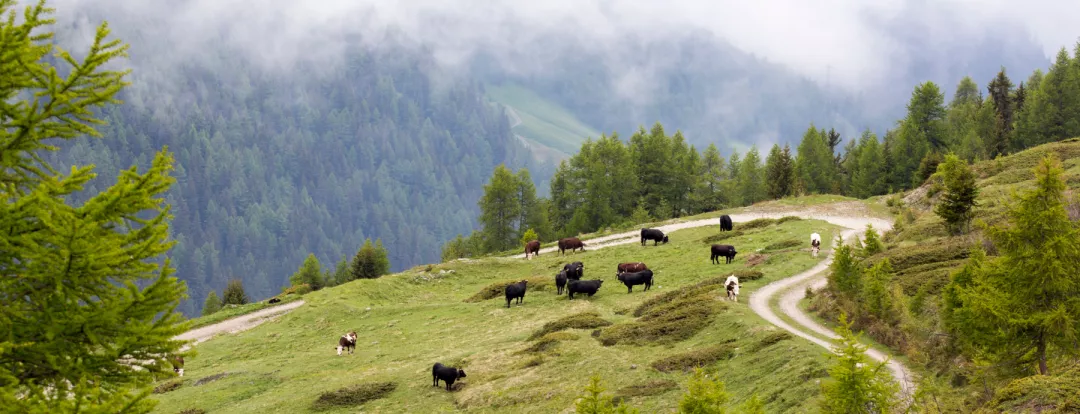Annual evaluation report of Aosta Valley's Rural Development Programme
- Evaluation
- Smart Villages
- Environment
- Agricultural Productivity
- Climate and Climate Change
- Sustainability
- Evaluation
The aim of the report is to highlight the main results of the evaluation activities on the effects of the Aosta Valley Rural Development Programme (RDP) on environmental agri-climate components and the results of the LAGs’ self-assessment.
- Italy
- 2014-2022
- Environmental impacts


The report, published in 2022, aims to highlight the main results of the evaluation activities on the effects of RDP on environmental agri-climate components and the results of the LAGs’ self-assessment carried out in the Valle d’Aosta region.
For the assessment of environmental effects, data processing and analysis were used based on the integration ('crossing') into the GIS (geographic information system) of the information deriving from the thematic mapping of protected areas and Natura 2000 areas. Additionally, the information on the areas of interventions (SOI) from the AGEA database was also used.
The estimation of water quality improvement is based on the change in the gross balance of macronutrients (nitrogen and phosphorus) resulting from the difference between the quantities of them placed on agricultural soil (with fertilisation in the first place) and losses from crop removal, volatilisation and fixation.
For assessing the effects on soil quality, the data processing and analysis are based on integrating ('crossing') in the GIS environment the information from the thematic mapping of the areas for potential erosion risk classes obtained through the JRC paper processing and the information on the areas of interventions (SOI) from the AGEA database.
To estimate the annual total renewable energy produced from RDP funding for each technology, the total installed power expressed in kWp is calculated on the available monitoring data, by determining the equivalent hours of use: the MWh/year produced in toe/year has been converted through the International Energy Agency’s (IEA) conversion coefficient (1toe=11.63MWh).
As regards the contribution of the RDP to the different factors, the report outlines the following main findings:
- Biodiversity: The main effects are the maintenance of agricultural areas associated with the concept of High Nature Value areas (HNV) rather than their increase, resulting from changes in types of agricultural land use or the introduction of new management methods.
- Water quality: The estimation of the overall impact on nitrogen surplus throughout the region following the implementation of the two measures, which affect quality (10.1.1 and 10.1.2), shows a decrease in nitrogen that can potentially pollute surface and groundwater by 11.4 kg/ha or a 36% reduction.
- Soil quality: Given that the average organic carbon content in the arable areas of Valle d’Aosta is 3.83% (corresponding to an organic substance content of 6.6%), in the subsidised areas the average value would be after seven years at 3.98% (corresponding to an organic substance content of 6.9%).
- Reduction of greenhouse gas emissions: The RDP contribution is limited to an area committed equal to 1.2% of the region's agricultural area (Measures 10.1.3 and 11). The absorption of CO2 in soils obtained thanks to the contributions of organic matter, accounts for 2.8% of the total GHG emissions recorded in the agricultural sector in 2019.
- Production of renewable energy sources: Overall the plants built will be able to guarantee the production of energy from renewable sources of 1 062 Mw/year, equal to over 91 toe/year.
- Self-assessment of LAGs: The analysis of administrative costs showed that the administration absorbs 50% of the workload, 30% of the management, 15% of animation and 5% of communication. Currently, the costs of management and animation are approximately 16% of the public contribution allocated to the Local Development Strategies.
Author(s)
Lattanzio KIBS